 Philipp, Freiherr (Baron) von Boeselager, believed to be the last surviving member of the inner circle of German Army officers who attempted to assassinate Adolf Hitler with a briefcase bomb on 20 July 20 1944, died in May 2008.
Philipp, Freiherr (Baron) von Boeselager, believed to be the last surviving member of the inner circle of German Army officers who attempted to assassinate Adolf Hitler with a briefcase bomb on 20 July 20 1944, died in May 2008.He was 90.
Before he died he wrote a memoir, called Valkyrie, of the resistance within the German Army which culminated in the attempt on the life of the Nazi dictator, Adolf Hitler.
Boeselager was born into a Roman Catholic family in Burg Heimerzheim, near Bonn. After graduating from Aloysius College, a Jesuit secondary school in Bad Godesberg, he intended to study law and enter the foreign service, but not wishing to join the Nazi Party he instead enlisted in the army, as did his brother Georg, who also took part in the plot.
Boeselager was first approached in 1942 to shoot both Hitler and Heinrich Himmler at close range.
“It was no longer about saving the country, but about stopping the crimes” he said.
On 13 March 1943, with a Walther PP pistol in hand, Boeselager prepared to assassinate both men, who were scheduled to hold a strategy session with Field Marshal Günther von Kluge for whom he was then ADC, also a conspirator. When Himmler decided not to attend, von Kluge called off the mission.
In 1944, it was Boeselager’s brother Georg who gave him the signal to move forward. “One day, my brother called and said, ‘They want explosives,’ he said. “I knew exactly what for”.
His book is redolent with his love and admiration for his brother, Georg, who, it soon becomes quite clear, was a most extraordinary military genius of immense moral courage, integrity and inner resources.
Philipp supplied the bomb that Stauffenberg used. He and Georg come from another ancient German Catholic family and were, like Stauffenberg, cavalry officers, both joining the 15th Paderborn Cavalry Regiment. Georg was an astonishingly able officer, later commanding a Cavalry Brigade at the age of 29 before being killed in battle on the Eastern front. Philipp was, himself, wounded no less than 5 times, all seriously.
The army controlled the front and backward for some 200-300 kilometres but the rear area was in the hands of the Reichskommissariat, the SD and SS. It was only when there was a need for the army to liaise with the rear area to co-ordinate defence against the partisan groups that they started to come into contact with the Nazi extermination policy against Jews, gypsies and others.
This was what turned them into conspirators against the regime and Hitler's life. Boeselager describes an "encounter with the demon" in the form of SS-Obergrueppenfuehrer Erich von dem Bach-Zelewski who, asked to explain what was meant by "special treatment" of the gypsies in the area, candidly stated that they were all shot.
Boeselager and his boss, the Commander of Army Group Centre, Field Marshal Gunther von Kluge, were appalled and aghast and demanded that steps be taken to arrest the culprits. The diabolical Bach-Zelewski replied that the gypsies were eliminated as "enemies of the Reich" and that such was to be the fate of all such enemies, a thinly-veiled hint directed now at von Kluge.
 Field Marshal Günther von Kluge, Commander of Army Group Centre
Field Marshal Günther von Kluge, Commander of Army Group Centreand a co-conspirator in the anti-Hitler plot. Boeselager was his ADC.
Philipp also recounts going with von Kluge to the Fuehrerhauptquartier and seeing men of no military standing poncing about in gaudy uniforms, guzzling champagne and planning seedy night excursions with women.
He overheard Bormann refusing to send a telelgram on the 70th birthday of Archduke Joseph of Austria because Joseph had married a Catholic (of the Bavarian Royal family), Bormann clearly being too dense to realise that the Habsburgs are Catholics par excellence. Bormann even confronted Boeselager when he walked out at this comment but Boeselager stood his ground against this Nazi thug.
Had the assassination succeeded, Boeselager was supposed to lead 1,200 of his cavalrymen back to Berlin and take part in a general uprising against the Nazi regime, code-named Operation Valkyrie.
Most of the approximately 200 conspirators, including Colonel von Stauffenberg, were rounded up and executed, and many others were later accused and executed. Boeselager heard that the plot had failed and turned his cavalrymen round and got them back to the front. There was sufficient chaos at the front that he managed to get them back unnoticed and so managed to see out the war without being discovered.
After the war, he studied law and economics and served as an adviser in creating the Bundeswehr, the armed forces of West Germany. In 1948 he married Rosa Maria, Countess von Westphalen zu Fürstenberg. One of his daughters married a Stauffenberg.
Boeselager's book explodes many myths peddled by Lefties in the West.
As one progresses through the book one realises quickly that one is reading of men of the highest moral calibre and spiritual integrity faced with some of the most calamitously impossible moral dilemmas that men ever had to face and emerging from them morally unscathed in a way that the vast majority of men would have been unlikely to do.
Yet these are the outstandingly noble men that English Leftists like Sir John Wheeler-Bennett, Deputy Head of PWE, wrote in a minute that the SS and Gestapo were doing the Allies a "favour" in killing. He had been friends with some of the German anti-Hitler conspirators before the war but turned his coat against them when the war started. Words simply cannot readily describe the sickening hypocrisy of such a view.
Unlike the Allies, these German officers were fighting totalitarianism on 2 fronts, at home and against the Soviets. They were right to do so. Let Boeselager describe their views:
"When the fighting on the Eastern Front began, German officers felt that they represented civilisation in a battle against a barbarous nation. What is barbarism? First of all, it is complete disrespect for the rights of individuals, brutality in human relationships, savagery in the actions of everyday life, and finally indifference to all the achievements in culture and comfort, to everything that centuries of labour and the progress of the human spirit have produced that is beautiful. These communists whose agents shot down without hesitation soldiers who had retreated, these officers without consciences who, in order to exhaust German munitions, sent ragtag groups of women, old men and children gathered together in haste towards us to be mown down by our machine guns; these enemies who systematically killed the wounded, put out the eyes of prisoners, and didn't deign to bury their own dead - they all seemed barbarians to us. We had heard many stories of this kind, and we had seen many macabre proofs that they were true."
He also gives the lie to that persistent myth put about by some English liberals, bending over backward to believe Soviet propaganda, that these German officers only joined the plot at the last minute to save themselves or that they intended to keep all the territorial gains made by the Nazis and would not accept other terms.
Boeselager notes this view and comments on it saying that he wishes categorically to deny it. He then gives examples of how it is an entirely false view.
It is perfectly clear, to any unbiased and reasonable mind, that these men were prepared to risk death and torture to bring down the Nazi government of the Third Reich and that they had the courage of their very noble convictions.
It is an unpleasant characteristic of modern liberals that they expect the highest standards of others whilst accepting very sloppy ones for themselves. They rail against racism but then practice a most blatant form of racism against Germans who, under extreme and trying conditions, opposed the Third Reich.
Whilst evidencing not a jot of courage to stand up against the tide themselves, these liberal hypocrites claim the right to criticise some exceedingly heroic men for not "doing more" to oppose Hitler. I cannot help the feeling that there is a special place in Hell for such unworthy critics of men who risked all to save others.
Maiorem hac dilectionem nemo habet ut animam suam quis ponat pro amicis suis
"Greater love than this no man hath, that he lay down his life for his friends"
[John 15:13]
+++
"Greater love than this no man hath, that he lay down his life for his friends"
[John 15:13]
+++

















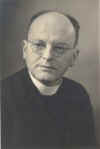
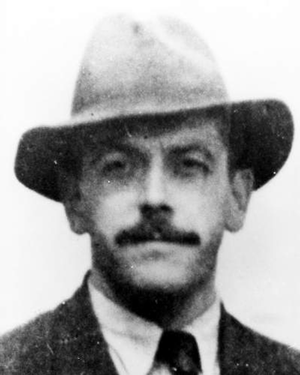



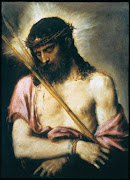



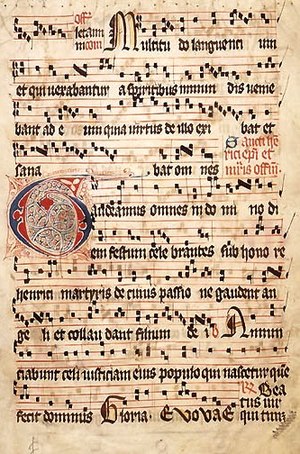

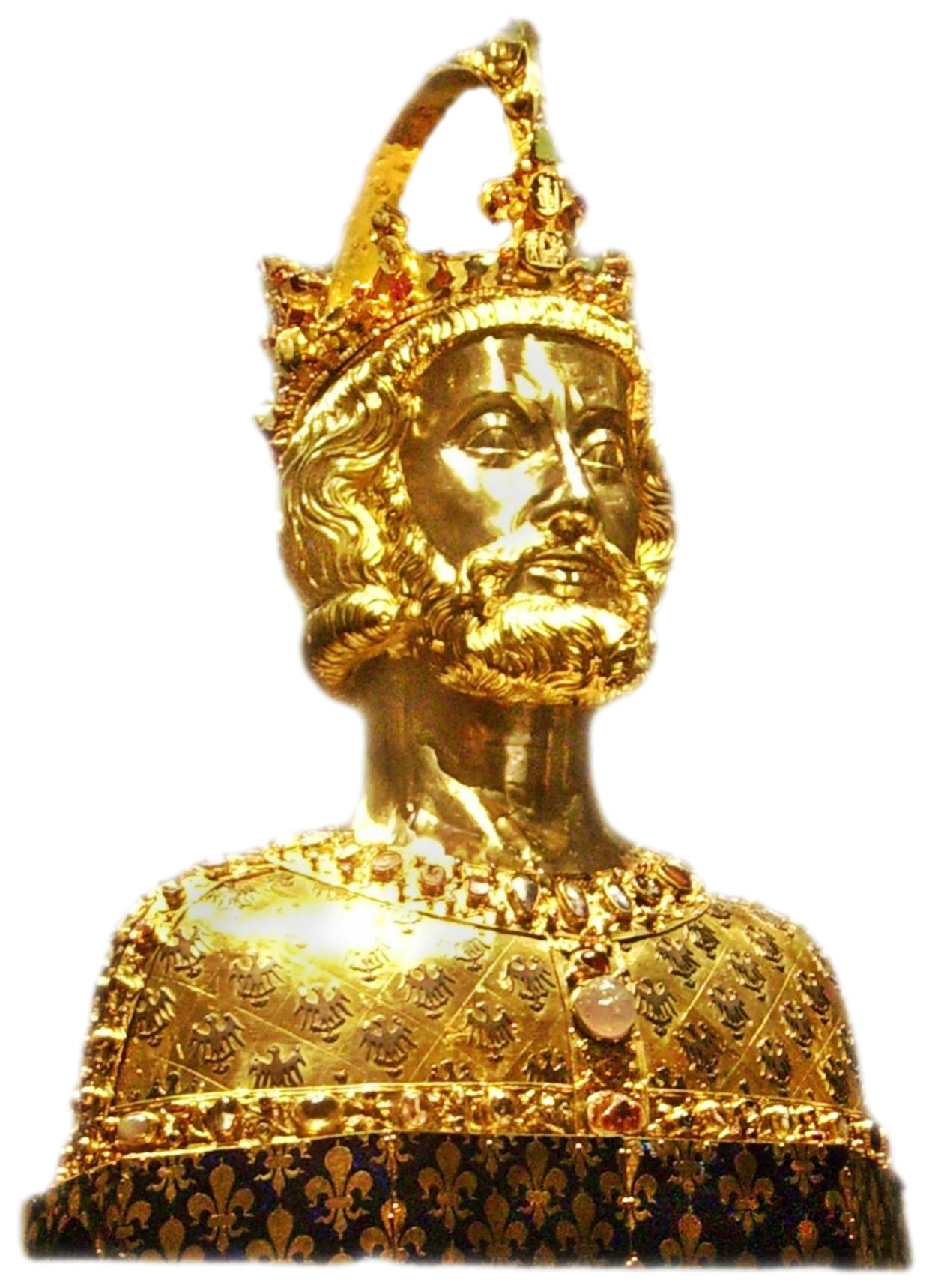



.jpg)





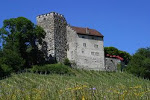


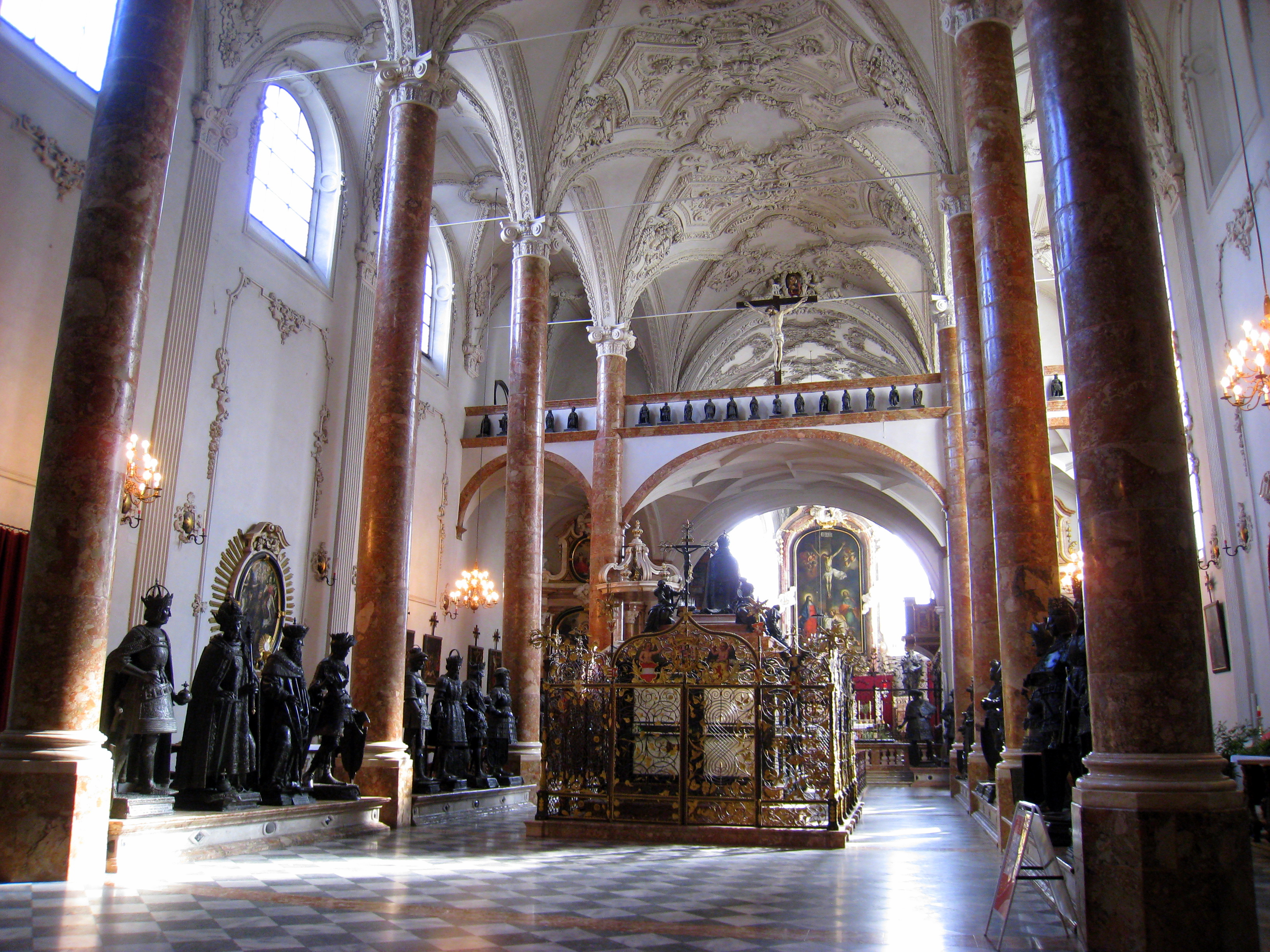


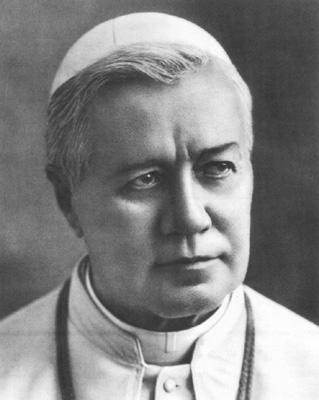










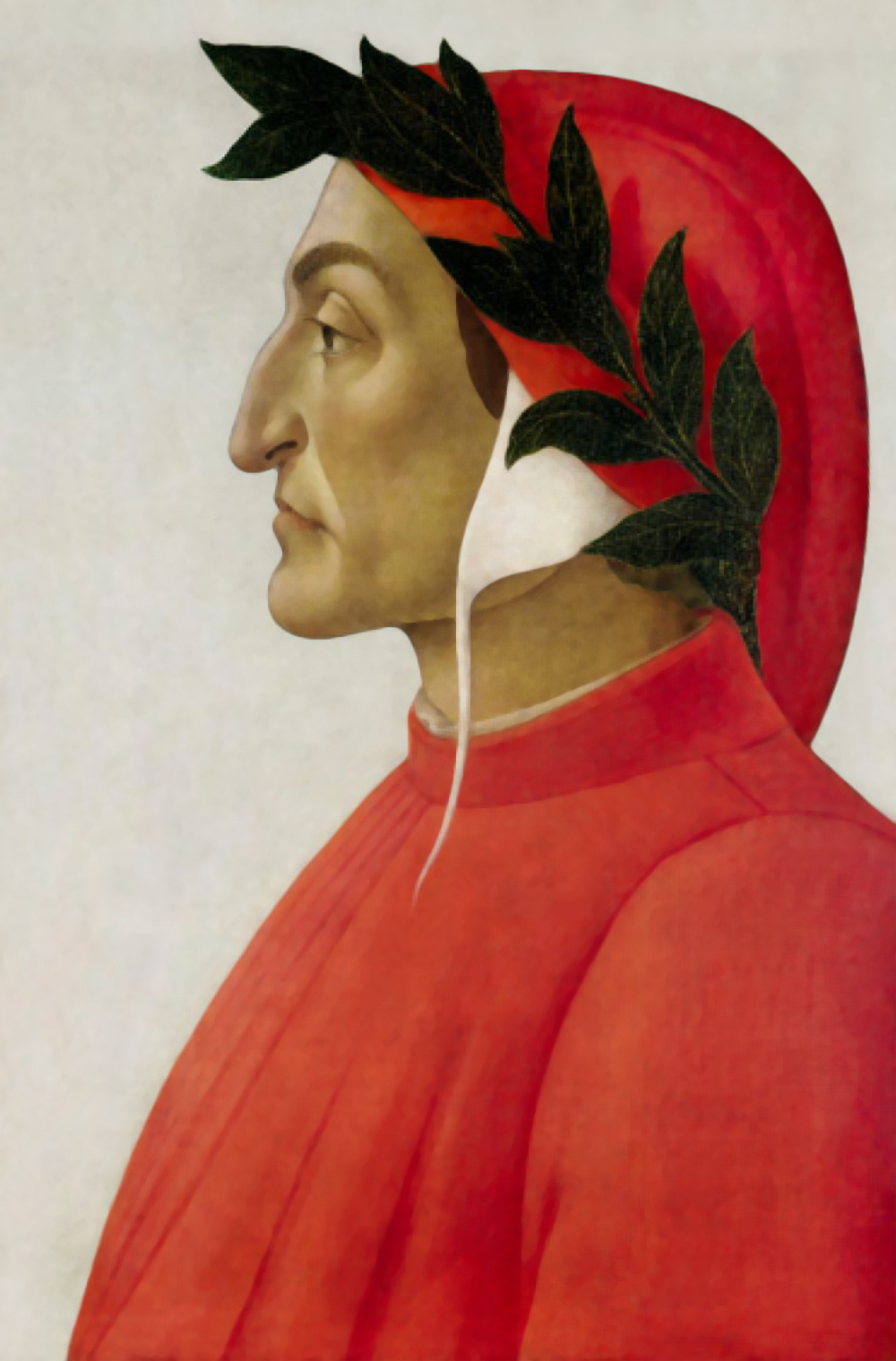



_-002.jpg/220px-Circle_of_Anton_Raphael_Mengs,_Henry_Benedict_Maria_Clement_Stuart,_Cardinal_York_(ca_1750)_-002.jpg)


